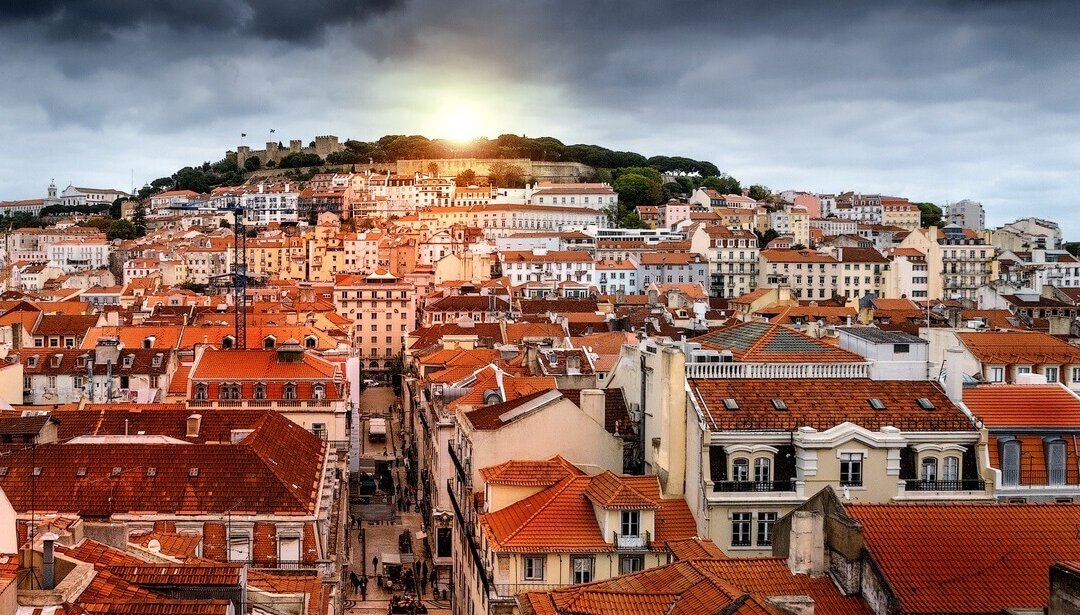There’s a special kind of magic in slowing down while you travel. It’s not about ticking off landmarks or rushing from one city to the next—it’s about sinking into a place, embracing its rhythm, and letting yourself feel the culture instead of just observing it. That’s the heart of slow travel.
And Portugal? It was practically made for it.
This is a country where long lunches are a way of life, strangers still greet each other on the street, and time seems to stretch out like the Atlantic coast at sunset. Whether you’re wandering through the quiet alleyways of a medieval town, sipping vinho verde in the countryside, or watching the waves roll in on an empty beach, Portugal invites you to take a deep breath and stay a while.
Slow travel isn’t just about moving at a relaxed pace—it’s about traveling with intention. It’s kinder to the environment and more respectful to the places we visit. But most importantly, it gives you the chance to forge real connections—with the land, with the people, and with yourself.
So if you’re the kind of traveler who prefers depth over speed, this guide is for you. Let’s explore how to experience Portugal the slow way—richly, thoughtfully, and fully present.
Where to Begin Your Journey
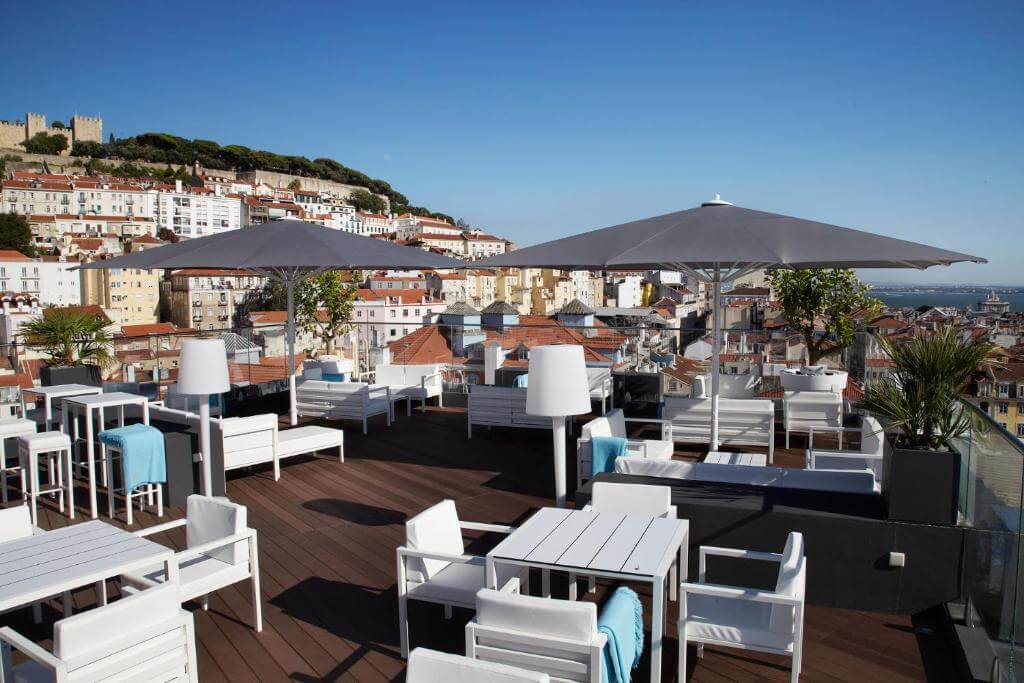
Most trips to Portugal begin in either Lisbon or Porto—and for good reason. These cities are beautiful, bursting with personality, and offer the perfect introduction to Portuguese culture. But here’s the thing: don’t just treat them like a quick stop. These are places to linger.
Lisbon
Lisbon isn’t a city to conquer in a day—it’s one to wander. Spend your mornings sipping coffee at a neighborhood café in Alfama, then lose yourself in the maze of tiled staircases and hidden courtyards. Watch trams rattle by, browse tiny bookstores, and end the day with a sunset view from Miradouro da Senhora do Monte.
Take your time. Soak in the rhythm. Let each hill you climb reward you with a different perspective—of the city and of your own pace.
Porto
Porto feels slower from the moment you arrive. Maybe it’s the way the river winds through the city, or the gentle glow of the late afternoon sun on the Ribeira. Here, you can easily spend a few days simply walking along the Douro, popping into wine cellars, and tasting port at your own pace.
Explore the colorful backstreets, linger over francesinha at a local taverna, and listen to street musicians serenade passersby. The magic of Porto is in the in-between moments—the ones you’d miss if you were in a rush.
Related: Exploring Portuguese Art and Architecture
Slow Travel Tips for the Big Cities
- Stay at least 3–4 nights in each city to truly settle in and get beyond the tourist hotspots.
- Pick one neighborhood a day to explore instead of trying to cram it all in.
- Build in buffer time—for detours, conversations, or doing absolutely nothing.
- Let your feet (and your curiosity) guide you. Some of the best discoveries won’t be planned.
Small Towns and Hidden Gems
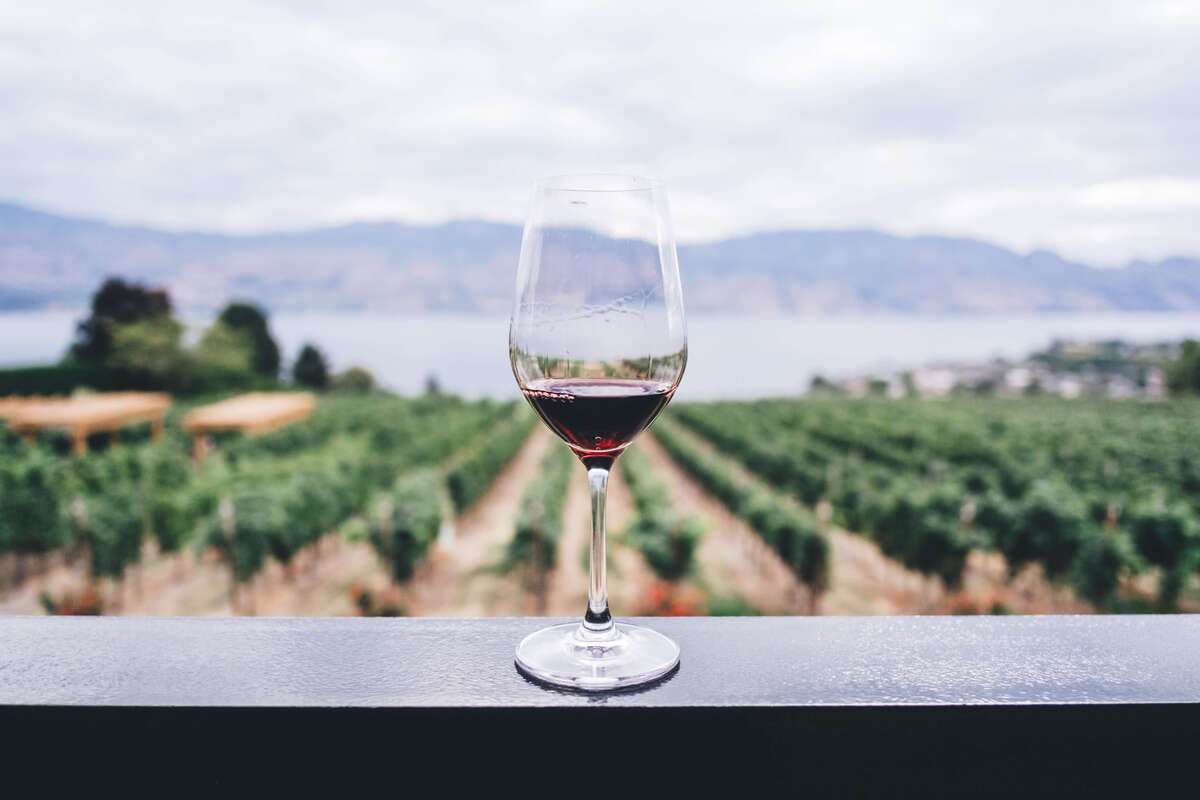
If Lisbon and Porto are your warm welcome to Portugal, then the countryside and small towns are your invitation to truly exhale. These places don’t shout for attention—they whisper it. The landscapes are soft, the pace is slow, and life unfolds in rhythms unchanged by time.
Here’s where to go when you want to get off the well-trodden path and really settle in.
Alentejo
Imagine endless rolling hills, fields of golden wheat, cork oak forests, and sleepy towns where time seems to stand still. That’s Alentejo.
This is wine country, yes—but it’s also a region for dreamers. Explore whitewashed villages like Estremoz or Vila Viçosa, where locals still sit on stoops and greet you with a quiet bom dia. Spend your afternoons sipping full-bodied reds at a family-owned vineyard or enjoying long, rustic meals where olive oil and bread are always on the table.
It’s simple, and that’s the beauty of it.
Douro Valley
The Douro Valley is the kind of place you feel before you see. Terraced vineyards cascade down steep hillsides, the river glimmers below, and the pace is as unhurried as the boats that drift down the Douro.
Here, slow travel means vineyard stays, scenic train rides, and hours spent savoring a single glass of wine with a plate of local cheese. You can visit wine estates by boat, hike quiet trails between villages, or just sit still and take it all in.
There’s no rush. The Douro won’t be going anywhere.
Évora, Óbidos & Monsaraz
These towns aren’t just charming—they’re timeless.
- Évora, with its Roman ruins and medieval cathedral, feels like a living museum. But stay overnight, and you’ll see the magic after the day-trippers leave: locals gathering in quiet squares, golden light on ancient walls, and a silence that invites you to listen.
- Óbidos, a fairytale town wrapped in castle walls, is perfect for wandering aimlessly with a ginjinha in hand.
- Monsaraz is a tiny hilltop village overlooking Alqueva Lake—peaceful, poetic, and deeply grounding.
In each of these places, the best moments aren’t found in guidebooks. They happen when you sit for a while, breathe it in, and simply let Portugal come to you.
Savoring Portuguese Cuisine Slowly
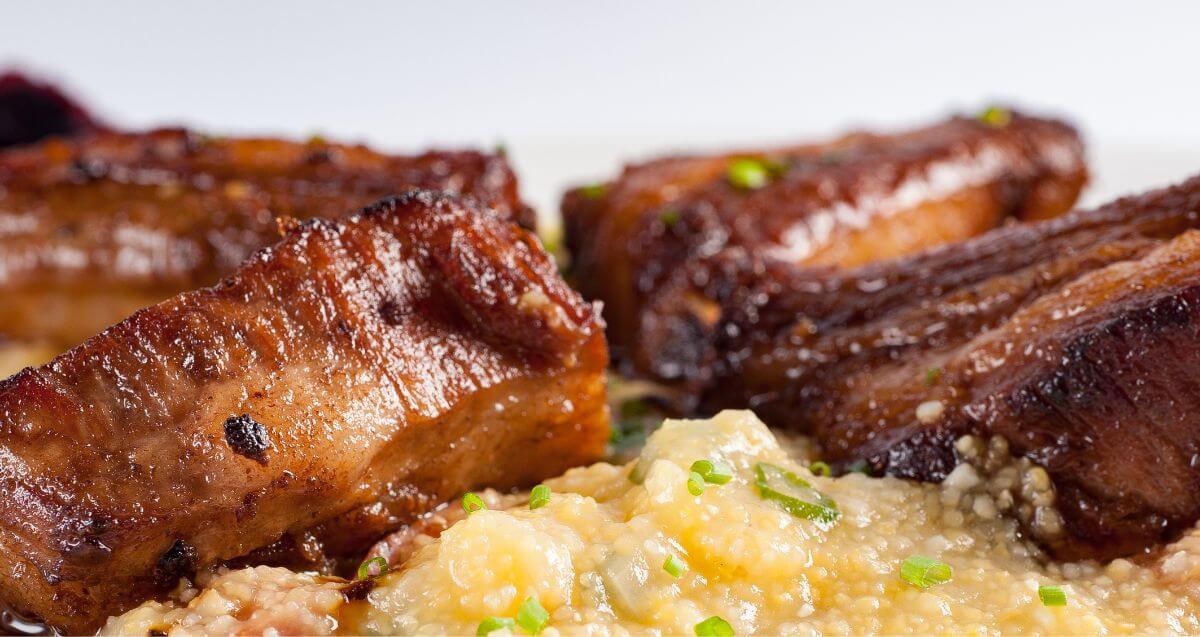
In Portugal, food isn’t just fuel—it’s a ritual. A reason to gather, to pause, to enjoy. Meals are rarely hurried here. They stretch on, sometimes for hours, full of conversation, laughter, and that magical “just one more glass” of wine.
For the slow traveler, this is pure joy.
Petiscos
Start with petiscos, Portugal’s version of small plates. You’ll find everything from garlic prawns and octopus salad to chouriço grilled at the table and creamy sheep’s cheese with fig jam. The beauty of petiscos lies in the pace—they’re made for lingering. Order a few, then a few more. Let the meal unfold naturally.
From the Sea to Your Plate
With its long Atlantic coast, Portugal knows seafood. Think: grilled sardines on a summer night, steaming cataplana (seafood stew) in the Algarve, or bacalhau (salt cod) cooked a hundred ways.
These aren’t dishes to rush through. They ask you to slow down and taste the layers—salt, citrus, smoke, olive oil. Each region brings something different to the table, so don’t be afraid to explore.
Regional Specialties Worth the Detour
- Alentejo: pork with clams, açorda (a garlicky bread soup), and robust red wines.
- Minho: caldo verde (green soup), papas de sarrabulho, and vinho verde.
- Trás-os-Montes: hearty stews, smoked meats, and rustic mountain flavors.
Every corner of Portugal tells its story through food. Slow travel lets you hear it.
Markets & Farm-to-Table Moments
To truly embrace slow food, visit a local market. Whether it’s Mercado da Ribeira in Lisbon or a tiny village feira, you’ll find seasonal produce, cured meats, fresh bread, and cheeses that taste like the land they came from.
Even better? Stay at a guesthouse that serves up meals made with ingredients from their garden. Or book a cooking class and learn how to make pastel de nata from scratch.
Slow food isn’t a trend here—it’s tradition.
Embracing the Portuguese Pace
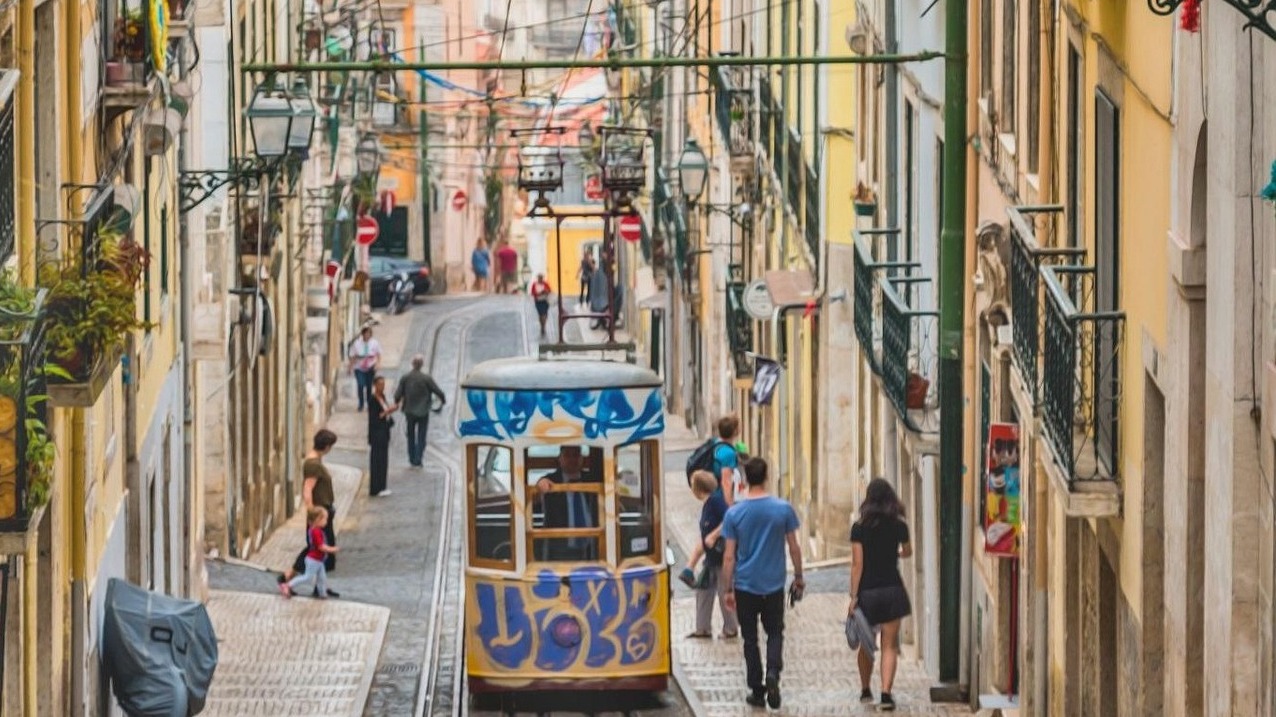
In Portugal, there’s a beautiful word that captures the national mood: devagar—slowly, gently, at ease. It’s more than a pace of life; it’s a philosophy. One that values presence over productivity, and pleasure over pressure.
If you’re coming from a culture of constant motion, it might feel unfamiliar at first. But give it a few days—and you’ll never want to go back.
Coffee Is a Ritual, Not a Rush
Whether it’s a bica in Lisbon or a cimbalino in Porto, coffee in Portugal is never gulped down on the go. Locals stand at the counter, chat with the barista, maybe read the newspaper. It’s not just about caffeine—it’s about pausing in the day.
So take your time. Watch the street life unfold around you. Order a pastel de nata while you’re at it.
Long Lunches Are Sacred
A proper Portuguese lunch often lasts over an hour—especially outside the big cities. Workers head home or to their favorite tasca, and you’ll see entire families gathered around a table, passing bread and stories.
It’s unhurried. It’s warm. It reminds you that meals are meant to be enjoyed, not squeezed into a schedule.
Evening Strolls (and No One’s in a Hurry)
After dinner, locals take to the streets. This isn’t about steps or exercise—it’s about winding down. You’ll see couples walking hand in hand, friends chatting under lamplight, grandparents on benches watching children play.
Join them. You don’t need a destination. Just follow the rhythm of the town.
Practical Tips for Slow Travel in Portugal
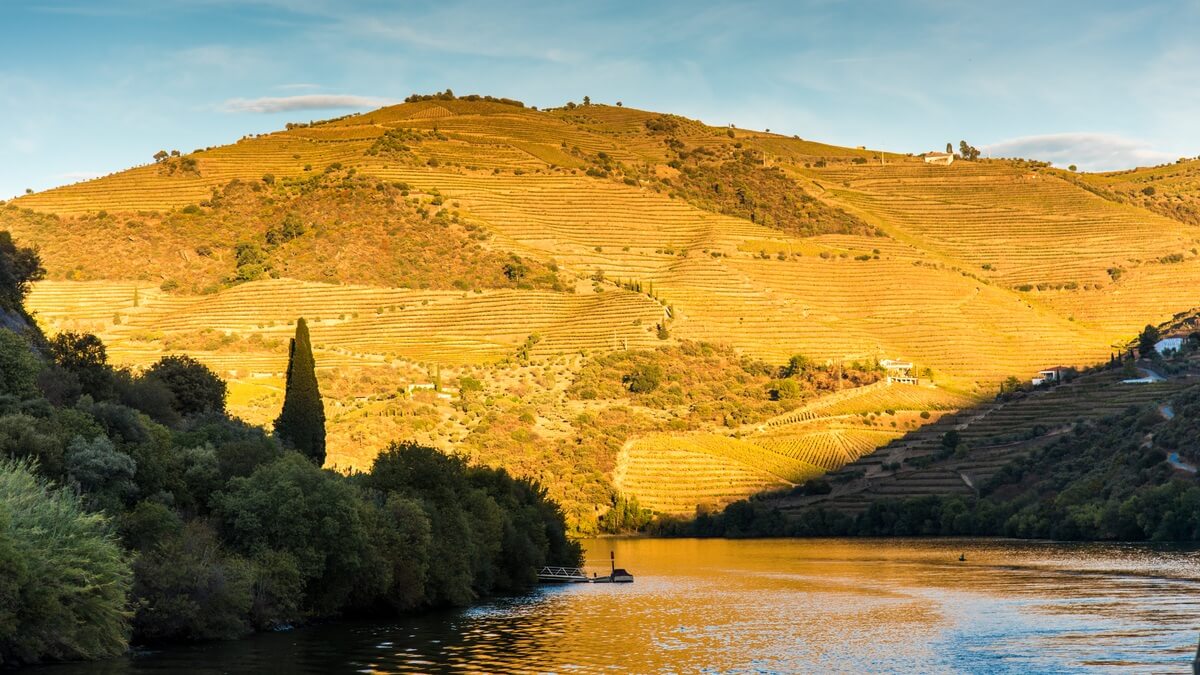
Here’s how to make the most of your trip without rushing through it.
When to Visit
Portugal is beautiful year-round, but for slow travelers, spring (April–June) and autumn (September–October) hit the sweet spot.
These seasons offer:
✔️ Pleasant weather without the summer heat
✔️ Fewer crowds in popular areas
✔️ Lower accommodation rates
✔️ More relaxed energy in coastal and countryside towns
Summer can be great if you’re headed to the coast, but inland regions get quite hot. Winter is cozy, especially in the north, but days are shorter and some rural areas slow down even more.
Related: Shoulder Season Travel in Europe
How Long to Stay in Each Spot
Slow travel isn’t about “how many places” but “how deeply” you experience each one. Here’s a general guide:
- Lisbon & Porto: at least 3–4 nights each
- Douro Valley & Alentejo: 2–3 nights minimum
- Évora, Óbidos, or smaller towns: 1–2 nights each, but longer if you want to truly unplug
The idea is to stay long enough to get into the rhythm of the place—not just see the sights, but feel the flow.
Where to Stay: Quintas, Boutique Gems & Rural Escapes
Portugal has no shortage of charming places to rest your head, especially for travelers who value character over convenience:
- Quintas: These traditional country estates, especially in wine regions, often double as family-run guesthouses with warm hospitality.
- Boutique hotels: From stylish city hideaways to restored manors in medieval towns.
- Agriturismos & eco-lodges: Perfect for travelers who want to wake up to vineyard views or birdsong in the mountains.
Final Thoughts
The magic of Portugal isn’t just in its postcard-perfect views or famous cities—it’s in the feeling it leaves you with. The scent of orange blossoms in a quiet village square. The taste of fresh seafood at a seaside café. The way time seems to soften around you.
This isn’t a country you rush through. It’s one you settle into.
Portugal invites you to travel deeper, not faster—to take the long way around, to linger at the table, to get lost in a conversation with a local. It rewards those who move with intention and curiosity. And in return, it offers moments that stay with you long after your trip ends.
If you’re ready to plan a trip that’s not just about checking off sights—but about experiencing Portugal at its most soulful—I’d love to help.
As a personal travel advisor who understands and celebrates the art of slow travel, I can help you craft a journey that feels personal, effortless, and deeply memorable. From thoughtfully paced itineraries to unique stays and local experiences, I’ll make sure your Portugal adventure flows in all the right ways.
Because this isn’t just a vacation. It’s a different way of being in the world. Get in touch today.

